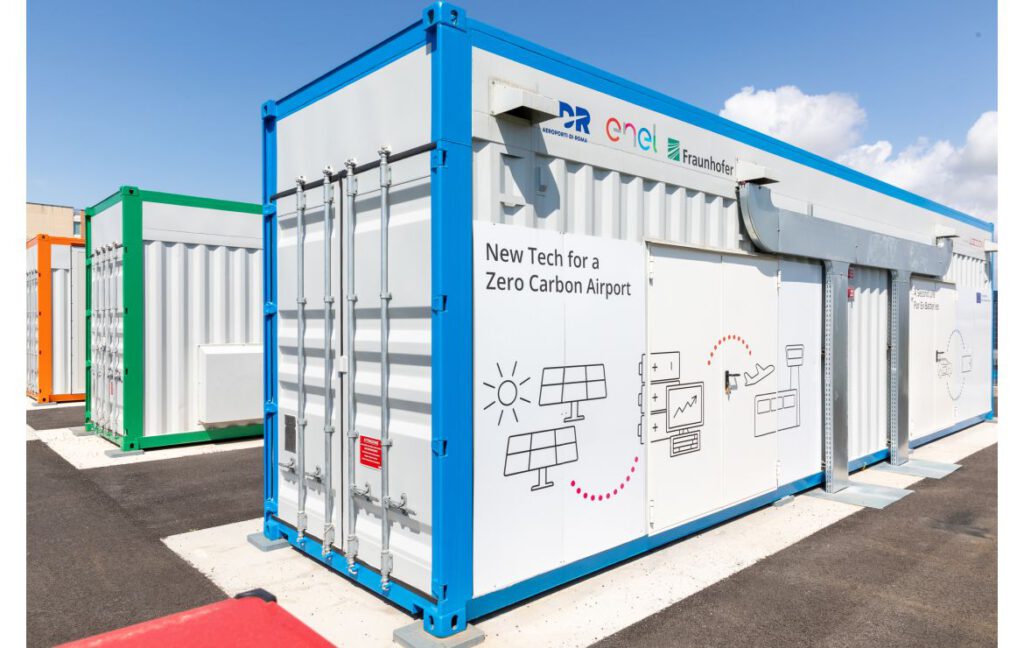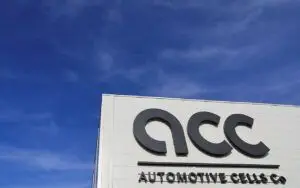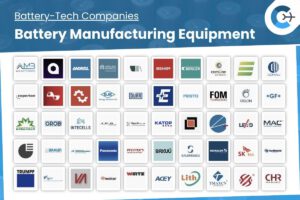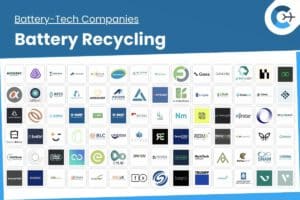SUSTAINera, the circular economy division of Stellantis, has supplied second-life batteries to Enel and Aeroporti di Roma (ADR) for the PIONEER project at Rome Fiumicino airport. Supported by scientific expertise from Germany’s Fraunhofer Institute, this installation represents Italy’s largest—and one of Europe’s most extensive—second-life battery energy storage systems (BESS) at an airport.
Commissioned in 2022 in collaboration with ENEL X and system integrator Loccioni, the project repurposed 78 used batteries from Stellantis’ eCMP electric platform for B-segment vehicles. Each unit offers 50 kWh of storage capacity, totaling 3.9 MWh. These batteries feed into Enel’s advanced BESS, which has a 10 MWh storage capacity and operates in conjunction with ADR’s 31 GWh photovoltaic solar farm.
By storing surplus renewable energy and deploying it when needed, the PIONEER system is projected to cut approximately 16,000 tons of CO₂ emissions over ten years. This storage solution not only smooths the intermittency of solar power but also advances ADR’s decarbonization goals for airport operations.
The initiative is a key element of Stellantis’ Second Life activity plan, which complements other circular economy measures such as battery remanufacturing and repair to extend service life before recycling. Over the past three years, Stellantis has observed robust growth in second-life battery applications and plans further investments in this area.
In addition to large-scale projects like PIONEER, Stellantis is exploring residential, commercial, and industrial stationary storage applications in partnership with its joint venture Free2move e-solutions by NHOA. The company is designing, building, and testing demonstrators to assess the viability of current and next-generation EV batteries in stationary roles.
Through SUSTAINera, Stellantis aims to deliver sustainable, transparent, and cost-effective parts and services while supporting its broader decarbonization strategy to reach net-zero carbon emissions by 2038.
Source: Stellantis Media
















